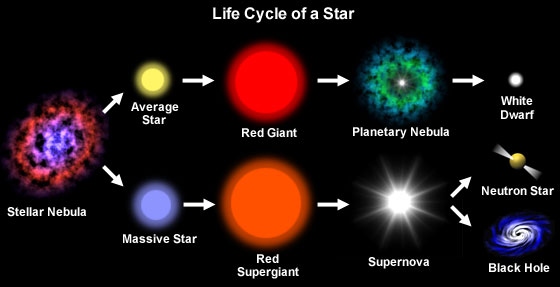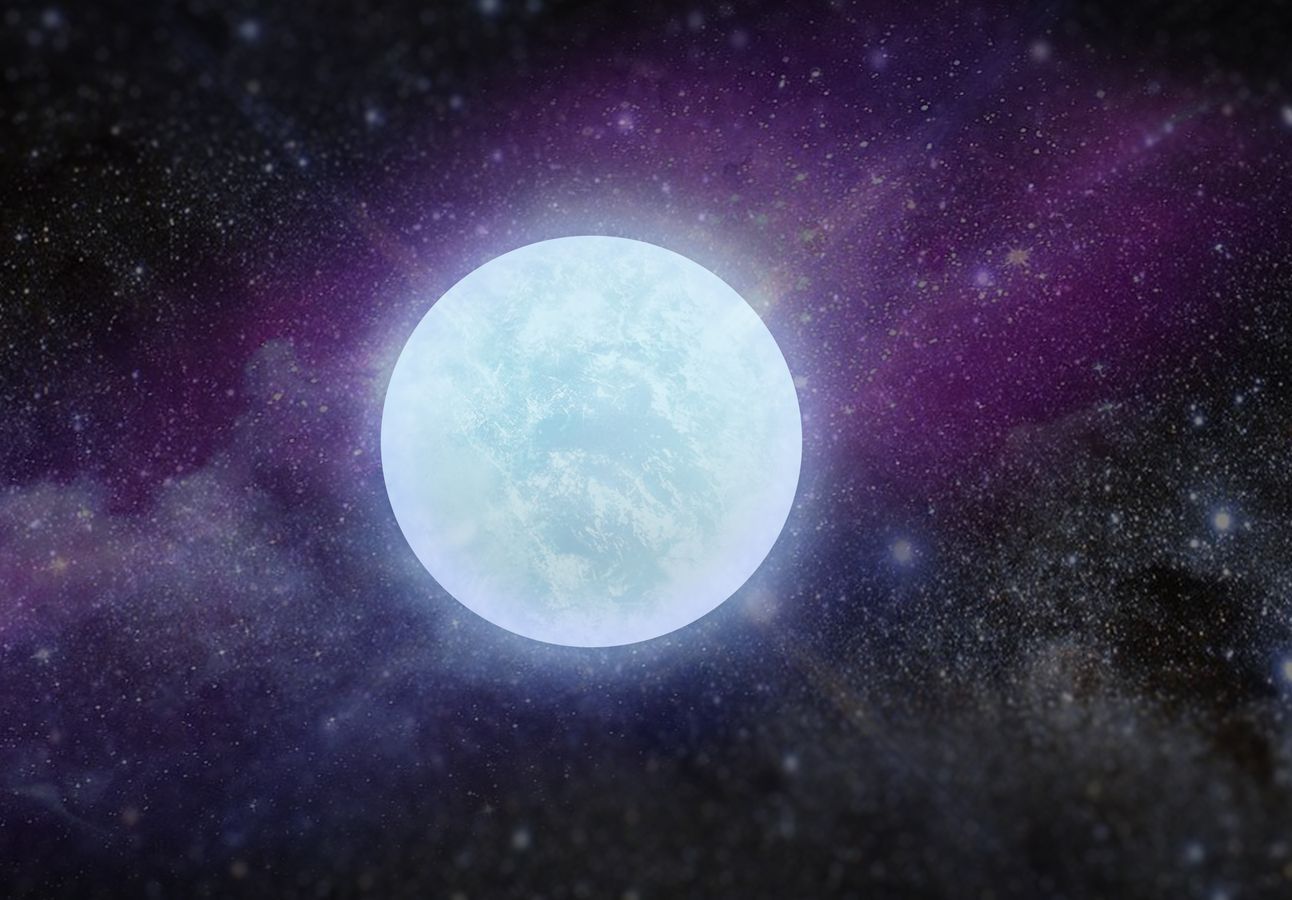Stars

Twinkle twinkle little stars… really, how little can they be?
Have you ever wondered how stars are formed? Why do they “twinkle”? There are estimated 100-400 billion stars in our galaxy alone. Stars size vary, some can be even few thousand times larger than our sun!
Part 1: Formation
First off, what are stars? Stars are celestial bodies that can produce light and heat. (Eg. the nearest star to earth - the sun). How do these stars form in the vast space of the universe?
At first, there was nothing but cloud of gas and dust in the universe, consisting mostly hydrogen gas. When the cloud reaches a critical amount, gravity comes into play. (Mass attracts one another, discussed in this post). These gases collapse into a ball under their own gravity, creating what’s known as the protostar. When the temperature and density become high enough, hydrogen atoms are fused to form helium, releasing tremendous amount of energy, heat and light. This process is called nuclear fusion.
The energy released in the form of radiation, pushes against the gravity. A delicate balance is made between these 2 forces as long there are fusion in the core, a star is born and can remain stable for at least few hundred thousand to billions of years depends on its size.
For different surface temperature, stars have different colors (Red being the coolest and blue being the hottest!)
Only in the darkness can you see the stars
Images


Part 2: Death of Stars
Everything has to come to an end.. sometime
When you look up the sky and see the beautiful stars, have you ever wondered do they have lifespan? How long will the flicker last and more interestingly, what happened after they die?
Sadly yes, as I mentioned in last part that a star undergoes nuclear fusion, that is causing hydrogen to be fused together to form helium. Some larger stars can form even heavier element like carbon and oxygen, and eventually iron due to extreme pressure and temperature. So when the hydrogen fuel runs out, the fusion cannot be done, the balance between radiation and gravity broke down, the core collapses.
For an average sized star (like the sun), the star then grows rapidly (red giant) and the last burst of energy ejects its outer layer in a planetary nebula, leaving a hot, dense core that eventually cools down, a white dwarf.
Things got interesting for more massive stars. As the core collapses, the gravity is so strong that it feeds more mass into the core, triggering what’s called a supernova explosion, releasing all the element into the space. This then leaves a superdense core, of what we called a neutron star. Or if the gravity is strong enough, the core itself collapses to form a black hole, which is discussed in this post.
Images




Keywords
-
Protostar: A protostar is a very young star that is still gathering mass from its parent molecular cloud. The protostellar phase is the earliest one in the process of stellar evolution. For a low-mass star (i.e. that of the Sun or lower), it lasts about 500,000 years.
-
Nuclear Fusion: In a fusion reaction, two light nuclei merge to form a single heavier nucleus. The process releases energy because the total mass of the resulting single nucleus is less than the mass of the two original nuclei. The leftover mass becomes energy.
-
Planetary Nebula: A planetary nebula is created when a star blows off its outer layers after it has run out of fuel to burn. These outer layers of gas expand into space, forming a nebula which is often the shape of a ring or bubble.
-
Supernova: A supernova is a powerful and luminous stellar explosion. This transient astronomical event occurs during the last evolutionary stages of a massive star
References
Part 1
https://www.youtube.com/watch?v=e-P5IFTqB98
https://en.wikipedia.org/wiki/Protostar
https://www.energy.gov/science/doe-explainsnuclear-fusion-reactions
Part 2
https://www.youtube.com/watch?v=e-P5IFTqB98
https://www.youtube.com/watch?v=3pAnRKD4raY
https://coolcosmos.ipac.caltech.edu/ask/225-What-is-a-planetary-nebula-
https://en.wikipedia.org/wiki/Supernova